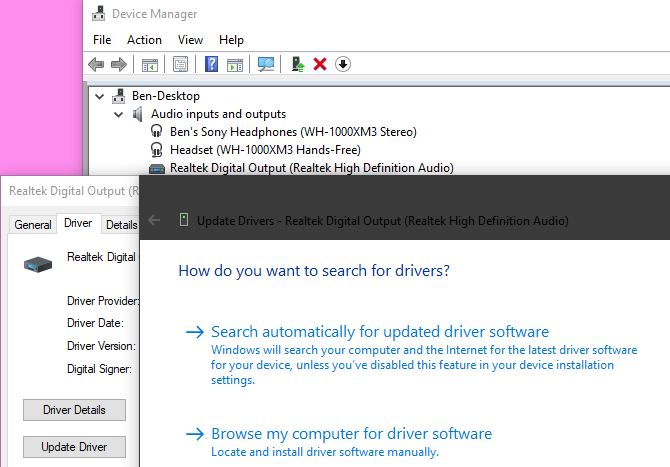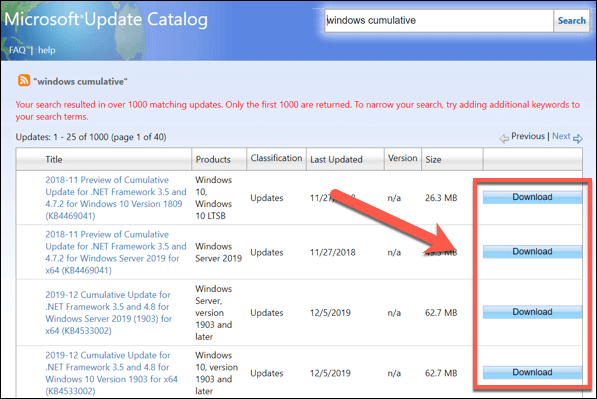
My go-to application for this task tends to be notepad.

Note: in order to paste the file to c:\Windows\SysWOW64\ you'l need to do so from an application run administratively (i.e. I advise caution when it comes to just downloading a copy from someone online (one Technet user was offering a download from their private file store) - unless you explicitly trust the individual I'd recommend against accepting system components from them.

If that file is missing (it was for me) you'll need to copy it to c:\Windows\SysWOW64\ from another device running the same operating system (and likely the same version of Internet Explorer). If the re-registration was successful you'll receive confirmation: Dialogue showing successful DLL registration with regsvr32. Regsvr32 MicrosoftUpdateCatalogWebControl.dll Close Internet Explorer, and assuming you have that DLL re-register it by running the following commands in an administrative command prompt: The add-on that makes this site work, on Windows Server 2012 R2 at least, can be found at c:\Windows\SysWOW64\MicrosoftUpdateCatalogWebControl.dll. It's worth going through these, however, if after closing the browser and re-opening you still have a problem you'll need to perform some work with the add-on. "Your browser must have user data persistence enabled" Error message from the site, explaining "user data persistence" was not enabled.Īfter the site opened it was clear there was a problem and Internet Explorer helpfully provides some steps to resolve the issue. Internet Explorer then launches the Update Catalog automatically. In the WSUS console, right click your server name and choose import updates from the menu.

"Import Updates" starts the Update Catalog.Ī side point, but relevant because that's how I noticed the problem. How do I import updates? The context menu after clicking on your server name. This post explains how to resolve the issue, as the problem was actually an IE add-on, not a setting. Despite following the instructions and enabling this in Internet Explorer the problem remained. On attempting to import updates to Windows Server Update Services (WSUS), which uses the Microsoft Update Catalog (or catalogue for us Brits) I was receiving an error about user data persistence.


 0 kommentar(er)
0 kommentar(er)
